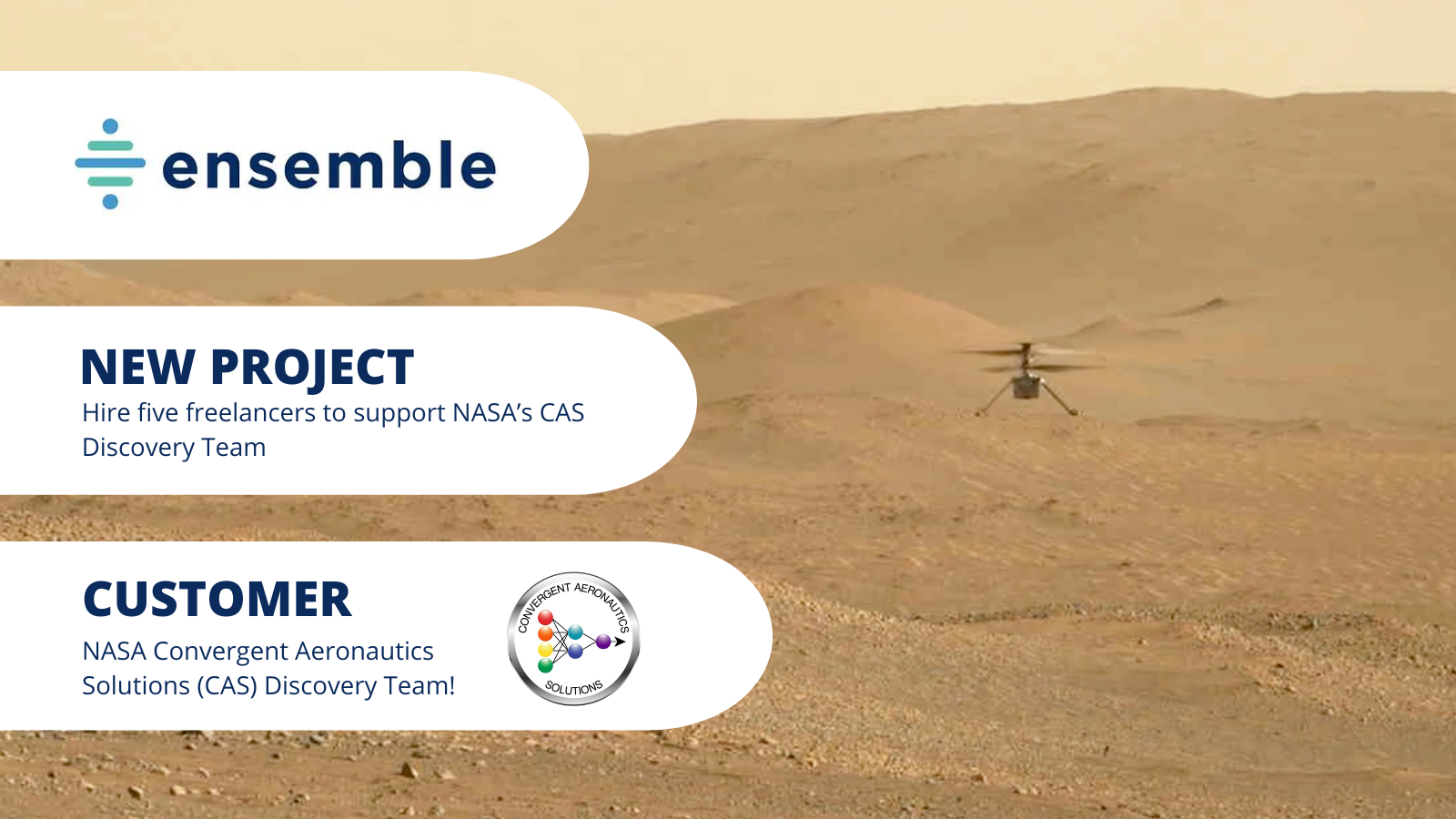The Army’s New Gameplan
Before the surge of the internet and social media, setting up recruitment booths at sporting events and career fairs, placing advertisements on TV and/or print, and cold-calling were the strategies mainly employed by the army to draw in potential recruits.
These days, the Army tends to not place as much of an emphasis on these traditional forms of marketing and advertising within their recruitment and outreach efforts. With the rise of social media and the Internet in the past two decades, human beings have experienced a great paradigm shift as it pertains to what is to be expected from communication in two-way interactions. With the freedom of expression that the Internet represented with its inception, and as two-way interactions made possible by the Internet were becoming the norm, older forms of marketing and advertising began phasing out and were replaced with newer ones that encouraged increased dialogue and conversation. Keeping pace with leading-edge strategies to increase recruitment and outreach, the Army has bolstered its efforts in recent years to leverage social media platforms towards the objective of promoting the Army and drawing in new recruits. Because young people aged 18-24 (military aged) use technology and social media at a higher rate than any other demographic group, embarking on recruitment efforts with an eye for technology and social media and its effects is especially important for the Army. Thus, the Army will need to look to adopt innovative techniques and approaches going forward to be well-equipped in today’s rapidly burgeoning digital landscape.
When it comes to the main channels frequently used by the Army’s target groups/demographics, it has its own recruiting website and social media accounts, spanning various social media platforms to facilitate communication and interaction with potential army recruits, family members, and friends. The question lies in how the Army is to utilize these channels successfully, bearing in mind the difference in dominant demographic groups between social media platforms. For example, studies show that Facebook users tend to be older-aged adults, and other platforms such as Twitter and Snapchat tend to be predominantly used by younger aged people. The Army ought to craft their online messaging and advertising with this fact in mind; what resonates with one demographic might not resonate with another.
U.S Army website
According to a comprehensive study conducted by the Rand Corporation, the people that visit GoArmy.com are interested in career information, and the site is used more intensively in populated areas and in immigrant and ethnic communities. Naturally, these visitors to GoArmy.com are likely to view pages containing career-related information and info about procedures and requirements to join the military. People living in densely populated areas and those living in places with higher proportions of minority groups and immigrants appear to use GoArmy.com more than others. By understanding the type of activities that visitors engage in on the website as well as the type of people that visit the website, the Army has a markedly better understanding of the direction they should take with its their website in regards to website demographics and the contents and features they need to highlight on the website to pique the interest of website visitors.

U.S Army Twitter
GoArmy’s Twitter is a good source for building awareness of Army culture, but studies from the Rand Corporation have shown that the platform is less effective in producing contracts to get potential recruits to commit to joining the Army. The type of content that originates from @GoArmy focuses predominantly on careers, the Army in general, and uses social media-specific language. Other service accounts (e.g., Marines, Peace Corps) focus on values and recruiting. Although the Twitter platform is unique in its sharing abilities, with popular posts such as this one usually being retweeted and rapidly spreading like wildfire, studies have shown that Facebook is currently the best platform to foster authentic conversation and dialogue about the Army, while content of mentions and retweets by @GoArmy followers typically tend to be about sports or history.

U.S Army Facebook Platform
GoArmy’s Facebook page has an audience made up of the general public, soldiers, veterans, military families, and potential recruits. The Army’s Facebook account has substantial potential for creating a positive image of an Army career for precisely the people who are in a position to influence potential recruits. In tandem with great content, social media platforms such as Facebook offer a wealth of information and the potential to determine how the audience responds to specific posts and information. The Facebook Army community has the capacity to express the military story in various diverse ways while still capturing the values and sentiments of the Army (Showing the various different types of possible roles possible to take on in the Army, whether it’s medicine, women in the military, military benefits, entrepreneurship and innovation, global missions, and family life, etc..), Facebook can be a very useful tool in communicating a resonant message to any demographic within any recruitment and outreach campaign.

With the use of technology and social media set to only increase in future years, the army ought to recognize the power in their hands to craft messaging in a way that resonates with diverse profiles of people, while at the same time highlighting the core values and beliefs of the Army that will rally people behind its mission.
(The bulk of the research used for this blog post was taken from a Rand Corporation published report in 2018.)







